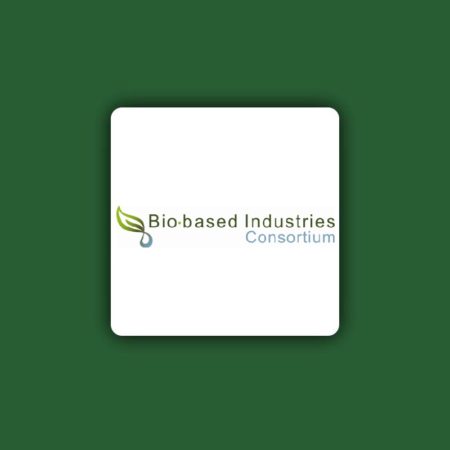Meanwhile, the first-of-a-kind lignocellulosic plants are solving their technical challenges and biobased packaging materials and bottles are entering the market. The bioeconomy grows, maybe slower than some have anticipated, but it grows steadily. And so do other renewable technology solutions.
The bioeconomy is not alone in a steady ‘greening’ trend. It is searching for its actual role in an economic reality. Some concepts will flourish, others will wither and die. In my new role in the Bernal Institute at the University of Limerick in Ireland, I encourage the blending of biobased solutions into a bigger pool of functional materials and processes. We have to experiment to establish what the solutions are and that has to be done at a relevant scale. The investment of hundreds of millions in technology development and innovation programs (such as BE-Basic), should now be followed by real-world investments of billions. That is one part of reality.
Another reality is that the fossil sector has suffered – and still is suffering – major drops in value and revenue. Organisations, such as institutional investors, or entire countries (like my new ‘home’ Ireland) have an active and radical fossil divestment strategy. Billions and billions of public and private capital are searching for ‘new homes’.
Interestingly enough, the actual dependence on fossil resources for instance for mobility has hardly changed on a global scale. Some sectors, such as aviation and marine transport, have started their own initiatives to anticipate this large scale transformation process. At sustained low fossil prices (which seem also to be a reality) and with increasing costs of new fossil explorations, it may actually be the fossil sector seeking (public) support to continue operating its petrochemical infrastructure for our mobility, energy and materials.
We have to face both realities that are developing at vastly different rates. Therefore, we have to step up investments in the renewables space, including in the bioeconomy. It is good to reflect on the pro’s and cons of specific directions, but in this large scale transition there is very limited time, see the rate of global warming. There is a growing body of facts and knowledge of how the bioeconomy can blend into the new economic reality. It is being scrutinised and debated, but we better focus fast on win-win situations, as we need all options. At any rate, the bioeconomy is becoming part of our reality.





